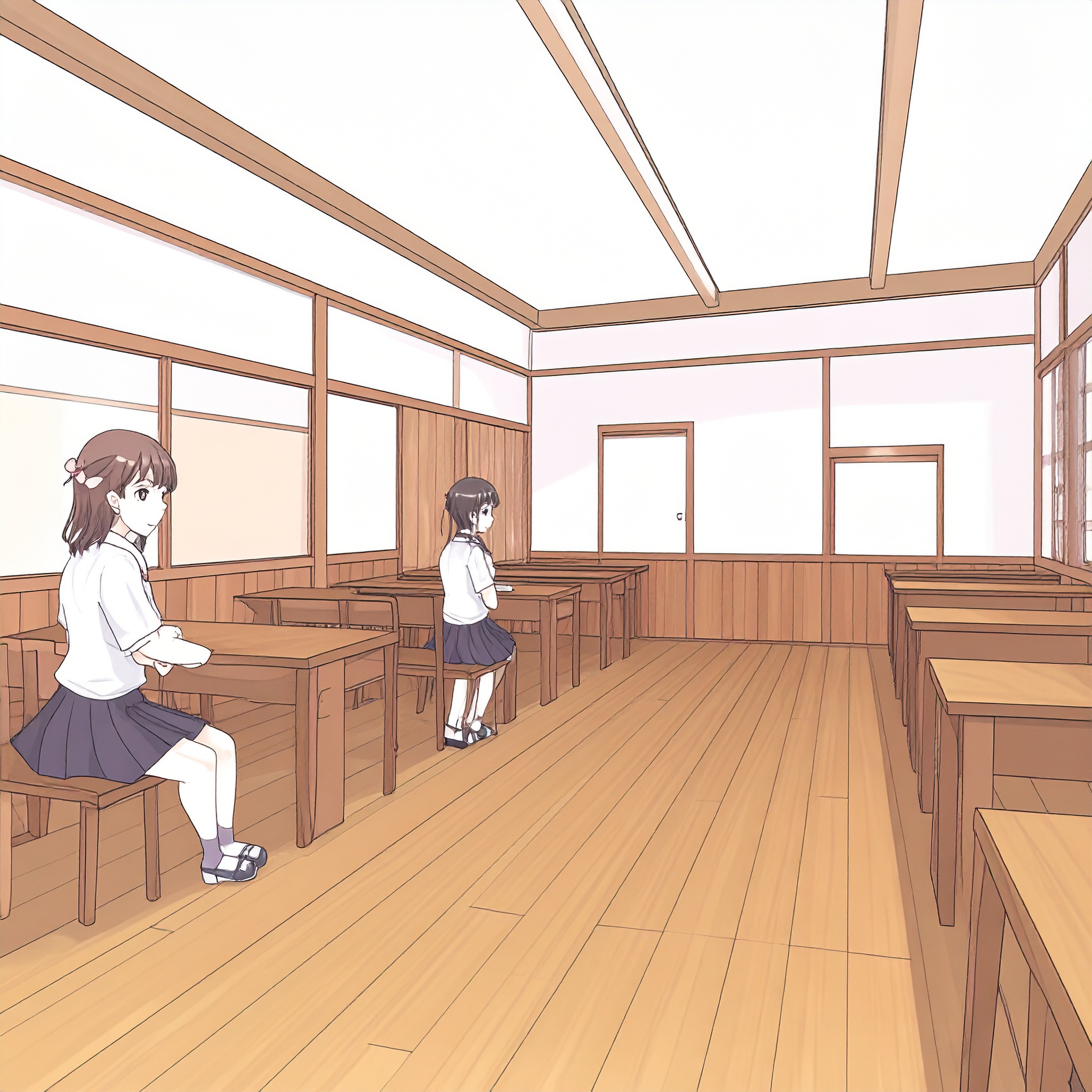When moving into a rental property, most tenants focus on layout, amenities, cleanliness, and contract terms. In the excitement of settling in—unpacking boxes and preparing for daily life—it’s easy to overlook one crucial step: documenting the condition of the unit upon move-in.
If there are any minor scratches, stains, or damage to the walls, floors, or fixtures that go unrecorded, tenants may risk being held financially responsible for them at the end of the lease. What may have been a pre-existing issue could be mistaken as damage caused during the tenancy, potentially leading to unexpected charges for restoration. The most effective way to protect yourself is by thoroughly photographing the condition of the property before moving in. This creates a dated visual record that can help prevent disputes during the move-out process.
In this article, we provide a detailed guide on why pre-move-in documentation is essential, how to do it properly, what to watch out for, and how to avoid misunderstandings over restoration costs when vacating a luxury residence.
Restoration Obligations and the Realities of Move-Out Disputes
In Japan’s rental market, tenants are subject to a restoration obligation upon vacating a property. This does not mean returning the unit to its original, brand-new condition, but rather covering the cost of any damage or soiling caused by intentional actions or negligence during their tenancy.
By contrast, natural wear and tear resulting from ordinary use—such as wallpaper fading due to sunlight or minor floor indentations from furniture—is explicitly not considered the tenant’s responsibility. This distinction is clearly outlined in official national guidelines.
However, in actual move-out scenarios, disputes frequently arise over the origin and timing of visible damage. Without concrete proof, tenants may find themselves at a disadvantage. Even if a scratch or blemish existed before move-in, the absence of documented evidence may lead landlords to classify it as tenant-caused damage—resulting in deductions from the security deposit.
Why Photographs Serve as Effective Evidence
Documenting any pre-existing damage or wear in the unit before moving in is the most objective and effective way to prove that you are not responsible for those conditions. Even if the lease includes a clause stating that the property is accepted “as-is,” disputes can still arise later. If a landlord claims, “This damage wasn’t here before,” you will need concrete evidence to refute that assertion.
Photographs inherently capture the when, where, and what of the property’s condition. Modern smartphones store metadata such as timestamps and geolocation, which can be critical in demonstrating that the damage existed prior to occupancy.
Particular attention should be given to areas that are commonly disputed at move-out, such as:
-
Tears or stains on wallpaper
-
Scratches or dents in flooring
-
Discoloration or buildup on plumbing fixtures
-
Air conditioner filters
-
Warping or misalignment of windows and screens
Documenting these details up front helps maintain a fair and transparent lease experience, and can save tenants from unjust charges upon departure.
Points to Properly Document Pre-Existing Damage
When photographing a rental property to record pre-existing damage, following a structured approach will make future explanations clear and credible:
-
Take photos on the day of move-in or immediately after receiving the keys
-
Use a smartphone or digital camera to capture both wide-angle and close-up shots
-
Organize your photos by room in a logical sequence—entryway, living room, kitchen, bathroom, etc.
-
Include surrounding features (e.g., corners, flooring patterns) to clearly indicate the location of any damage
-
For subtle issues such as mold, water stains, or gaps, ensure the area is well-lit for clarity
-
If possible, accompany photos with brief written notes describing the condition—for example:
“Peeling paint, 5 cm in diameter, at lower edge of entry door,” or
“Small rust spot on kitchen sink surface.”
Should You Report Pre-Existing Damage to the Property Manager or Owner?
While keeping photographs for your own records is often sufficient, if you notice any particularly concerning damage or blemishes upon move-in, it is advisable to proactively report them to the property management company or landlord. Doing so offers added peace of mind and strengthens your position should any disputes arise later.
You may send an email with the relevant photos attached, accompanied by a courteous note such as:
“Upon inspection at move-in, we noticed the following pre-existing damage. We are reporting it for your records and peace of mind.”
Such proactive communication not only helps avoid discussions at move-out about when the damage occurred, but also establishes transparency and trust with the landlord from the outset.

How to Respond When You Discover Damage Before Move-In
If you notice damage prior to moving into a rental, there’s no need to immediately request repairs—especially if the issue does not affect the functionality of the property. In such cases, the priority should be to document the damage thoroughly and prepare to demonstrate, if needed, that you were not responsible when vacating the unit.
However, if the damage involves a functional issue—such as a door that won’t lock, a non-operational gas supply, or a leaking shower—it is important to contact the property management company immediately to request repairs or a replacement. Even in these cases, documenting the condition with photos or videos ensures that a clear record of the situation and your response is preserved, which can be invaluable should any questions arise later.
Preventing Disputes at Move-Out
At the time of move-out, a final inspection—typically conducted with the landlord or property manager—will take place to assess the condition of the property. During this walk-through, questions may arise, such as “Who is responsible for this scratch on the wall?” Having photographic evidence from your move-in date allows you to calmly and clearly demonstrate that the damage was not caused during your tenancy.
Such documentation also plays a key role in the fair settlement of your security deposit. Many tenants have faced full deposit deductions simply because they lacked proof of the property’s initial condition.
The simple act of taking photographs before moving in can lead to significant peace of mind and potential cost savings. For anyone preparing to lease a rental, this proactive measure serves as a kind of “insurance for your home.”




